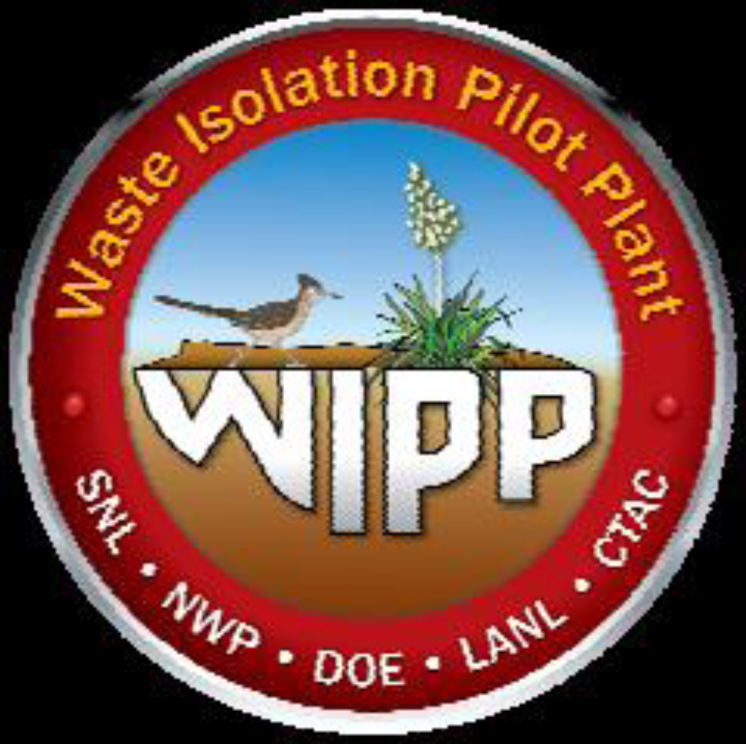 WIPP News:
WIPP News:
With regard to the Feb. 5 incident, the public has asked a number of questions at recent Town Hall meetings and in an effort to share this information, the Waste Isolation Pilot Plant (WIPP) has provided some of the questions and corresponding answers:
Q. If the filters were not deployed, how much radiation would have come out of the exhaust?
A. We cannot speculate. The filtration system is in place to minimize the amount released to the environment, and this is what happened.
Q. Wasn’t there some time after the air monitors went off, but before the filters were deployed?
A. The shift to filtration occurred approximately 56 seconds after the Continuous Air Monitor alarmed underground. Air from Panel 7 takes many minutes to reach the surface, and by that time, airflow was directed to HEPA filters.
Q. How do we get into the underground facility without radiation getting out?
A. Entry into the underground will be performed in phases and until the cause of the release is determined and mitigated, the exhaust air from the underground will be routed through the HEPA filtration. All personnel that enter the mine for recovery will wear proper protective gear, including respiratory protection. Filtration of the exhaust air will continue as we enter the mine.
Q. What was this accident? Do you have seismic equipment? If it was an explosion or a ceiling fall, wouldn’t that tell you what it was?
A. We don’t know what caused the situation to occur. With multiple entries earlier this week, we are approaching phase 3, which entails going to the suspected area of the release to determine the cause. We do have seismic equipment, but we have no indication from that equipment that there was any activity that would indicate a roof fall.
Q. How does CEMRC know what isotopes are in the filter?
A. WIPP and Carlsbad Environmental Monitoring and Research Center (CEMRC) personnel are able to analyze the filters to determine what isotopes are on the filter using specialized equipment that is commonly used in the nuclear industry.
Q. Have the livestock on the nearby ranches been tested?
A. No, there has been no detectable level of contamination found in vegetation samples. Any release levels in the vicinity of livestock would be at levels so low that they do not pose a threat to the environment or public.
Q. Has this place been closed since Feb 14? Where is the waste that should be going to WIPP going?
A. We have not received any waste shipments since the fire Feb. 5. The waste that is to be sent to WIPP is still at the generator sites. DOE is currently shipping transuranic waste from Los Alamos National Laboratory to Waste Control Specialist for temporary staging. This provides a critical solution to remove the radiological risk from possible wild land fires.
Q. Do you have a robot on the site?
A. Not at this time. If necessary, Sandia National Laboratories has a robot that we may utilize to assist the team going underground.
Q. Is there soil testing? Water?
A. Yes, we conduct soil, vegetation, and water tests and monitoring regularly. In addition, the Carlsbad Environmental Monitoring and Research Center (CEMRC) and the NMED also conduct tests.

